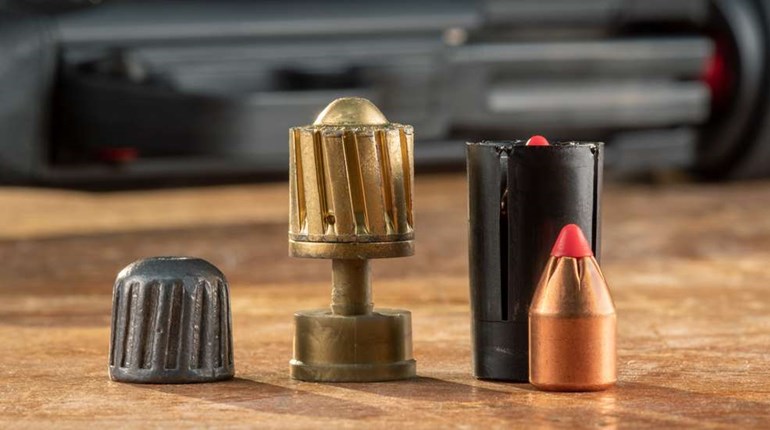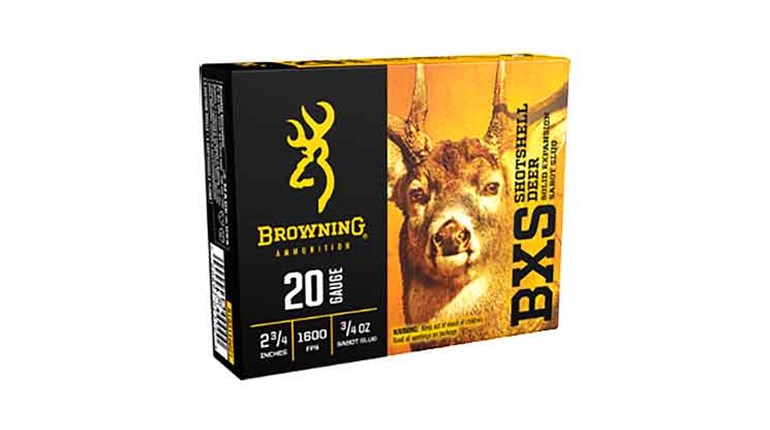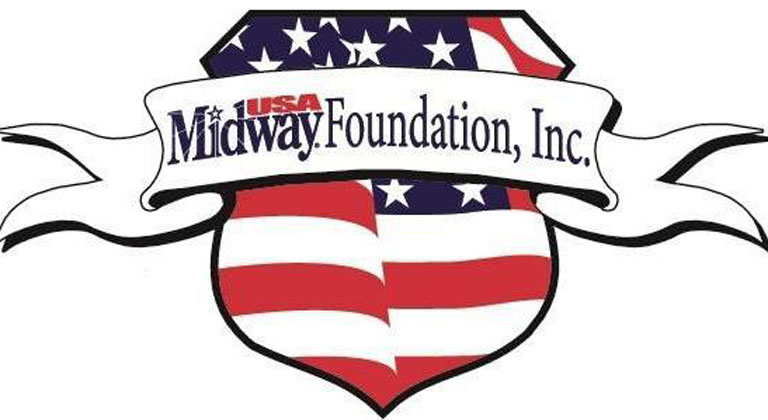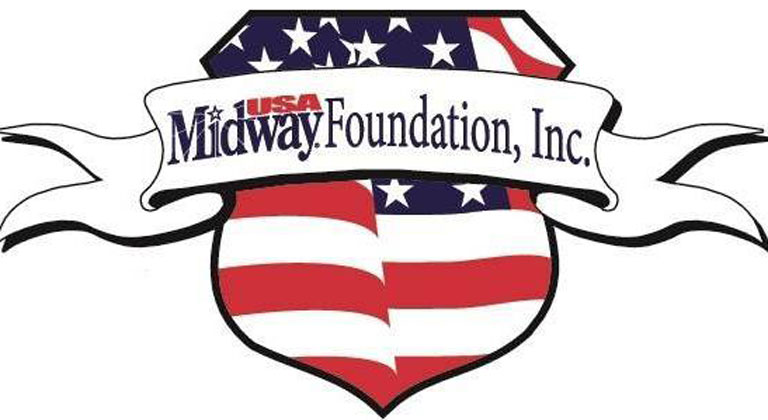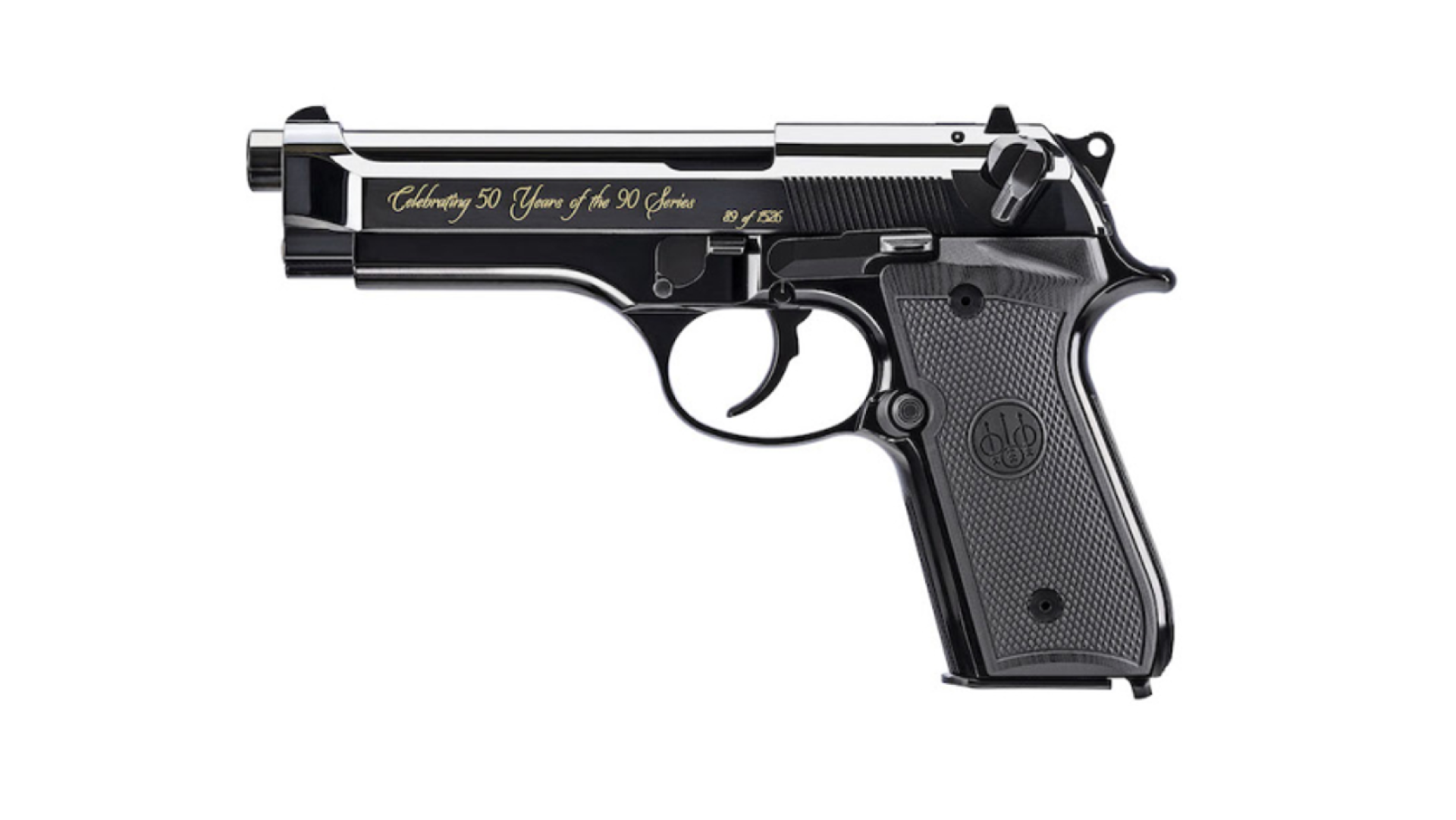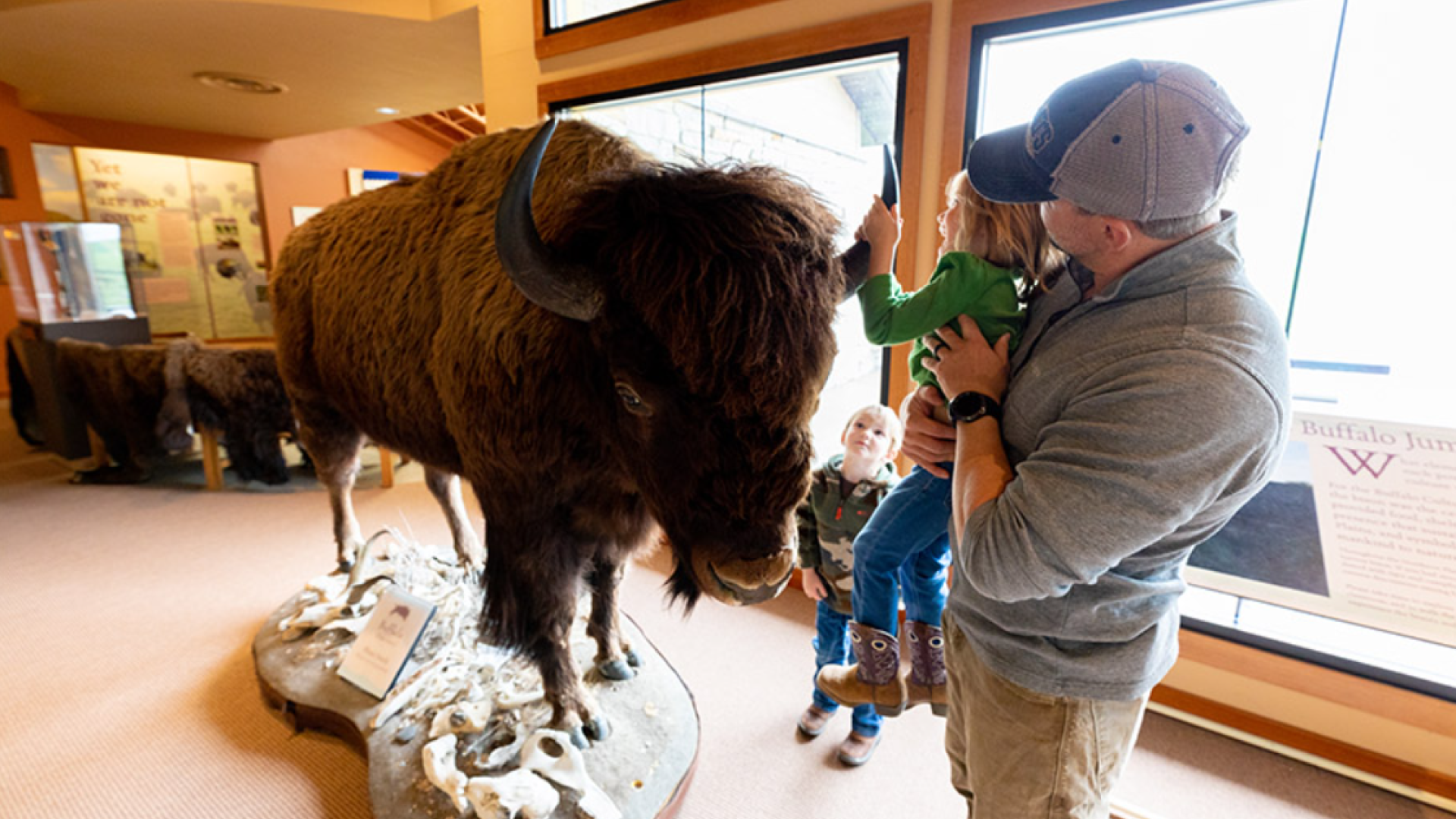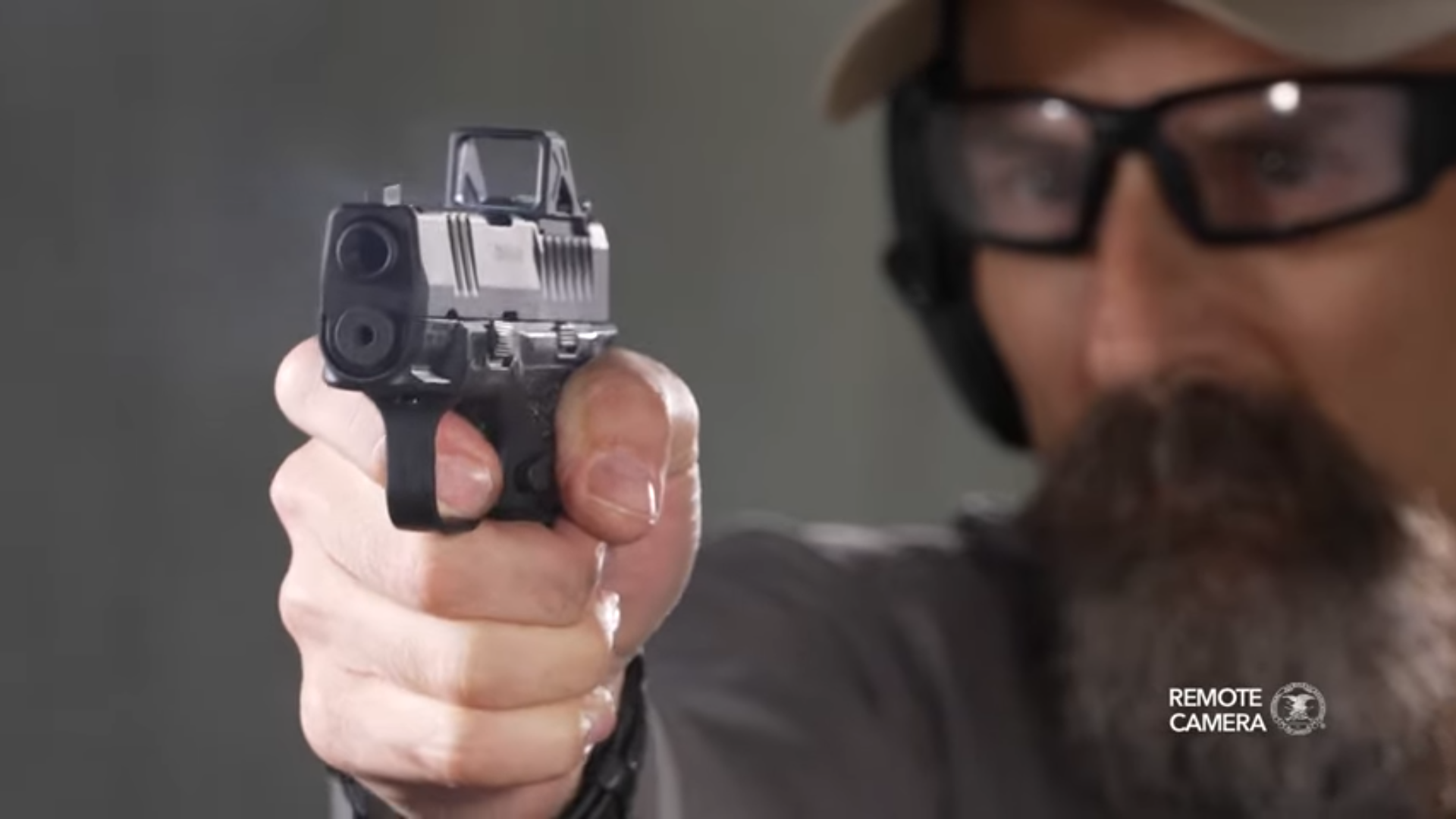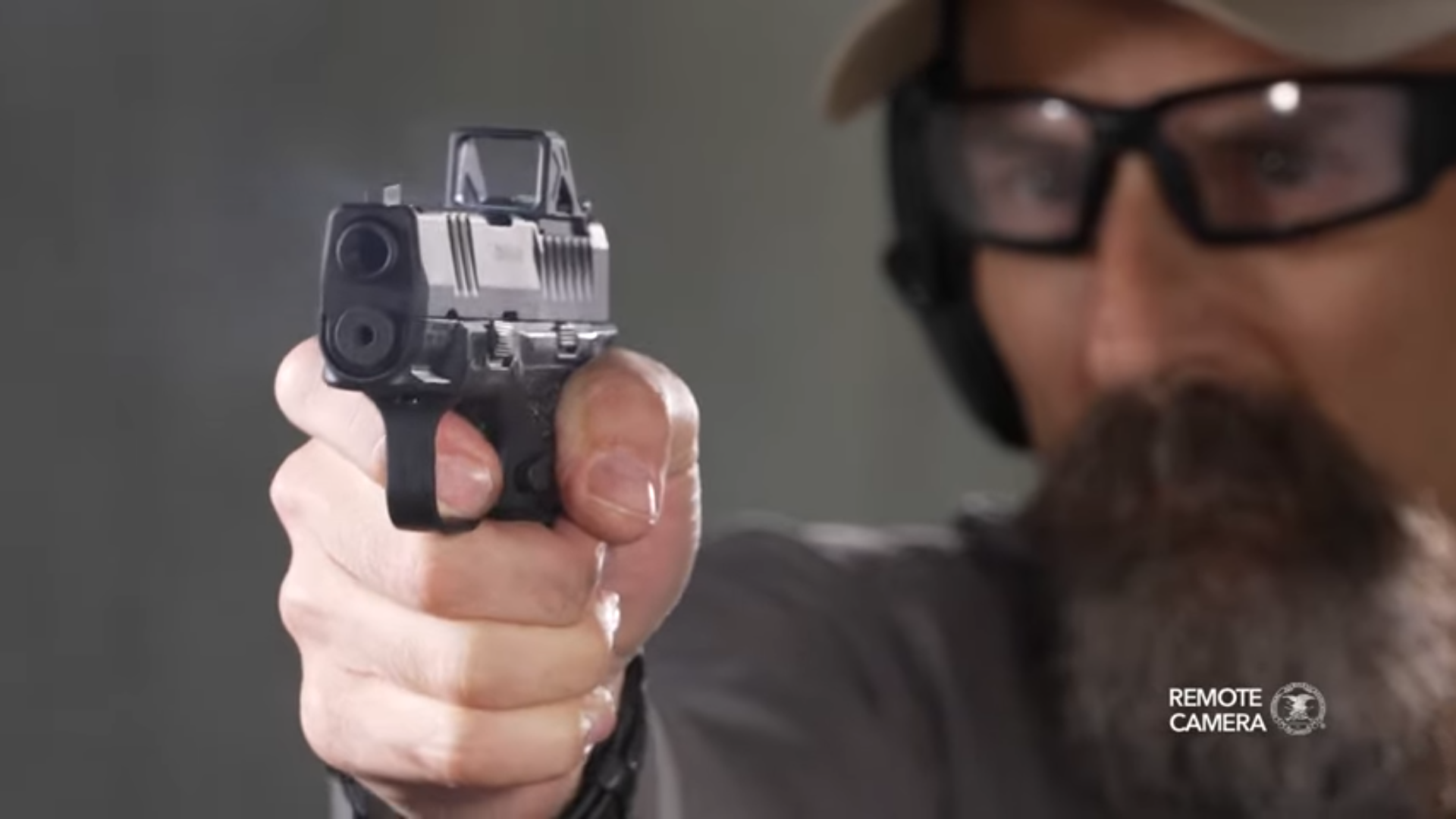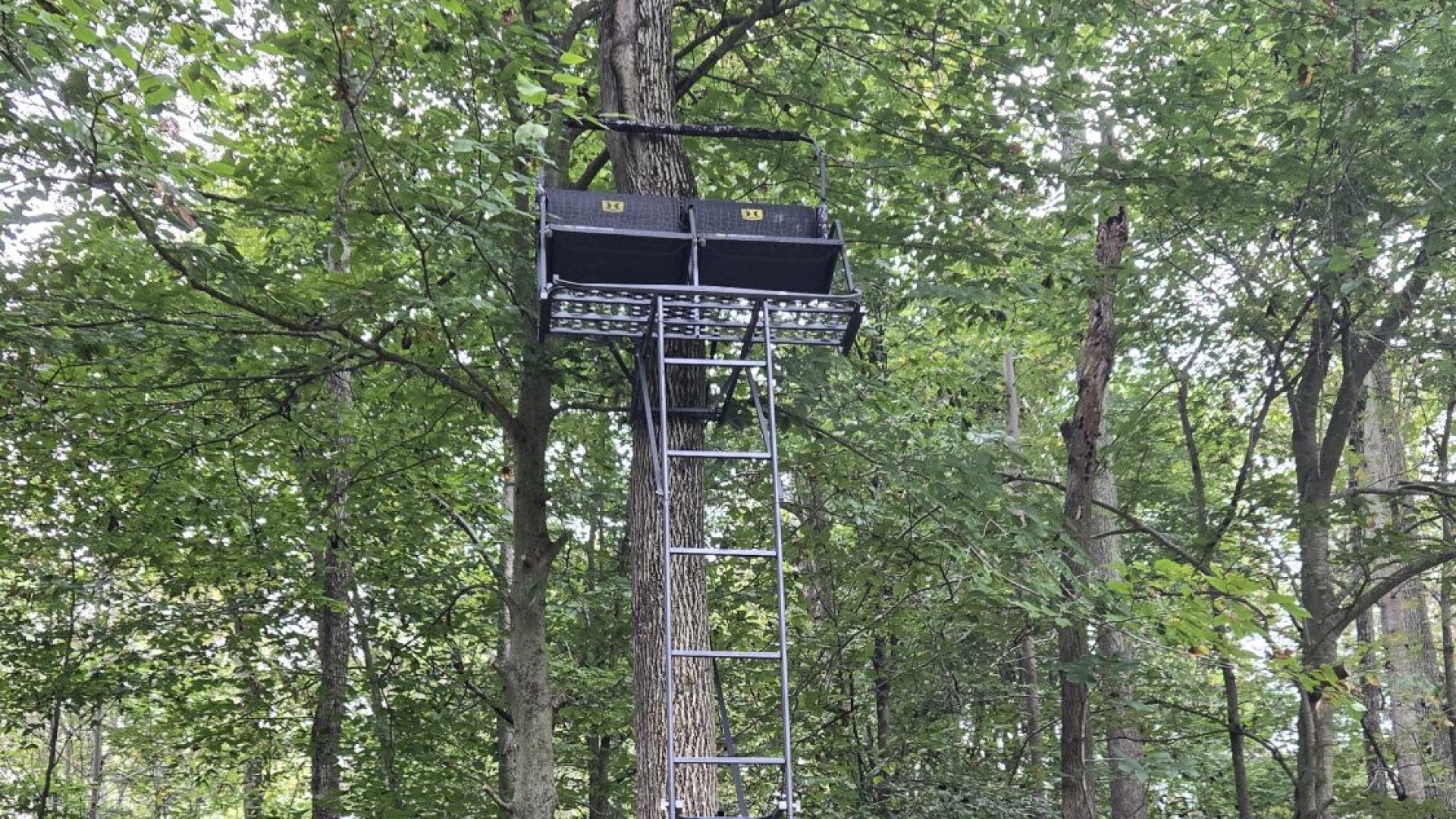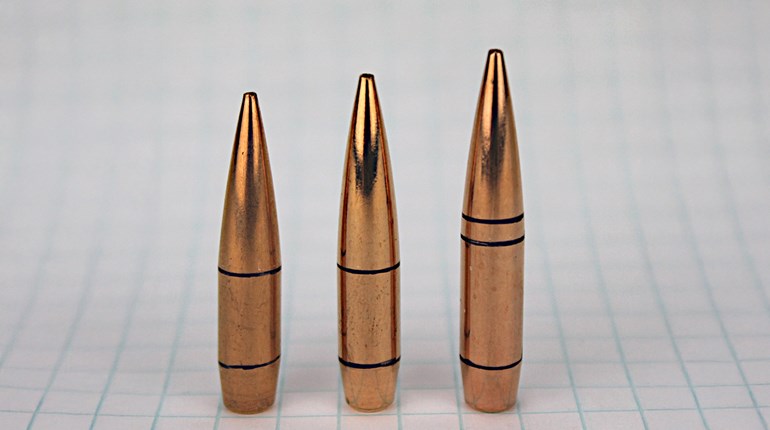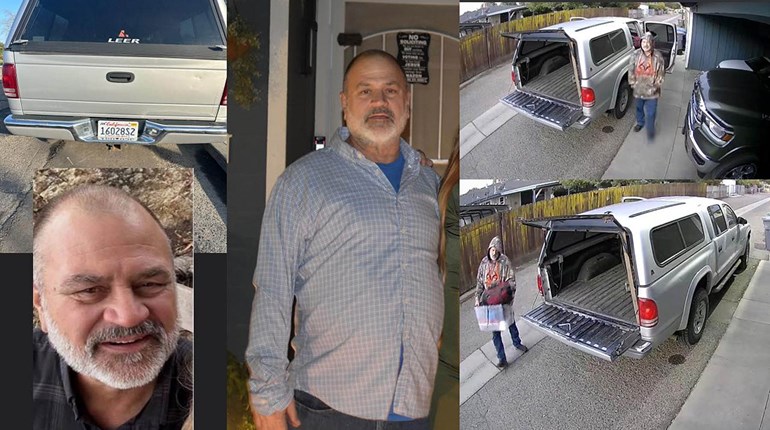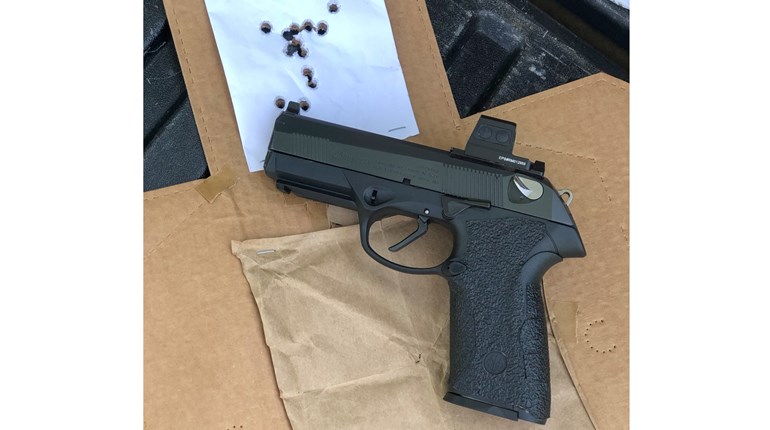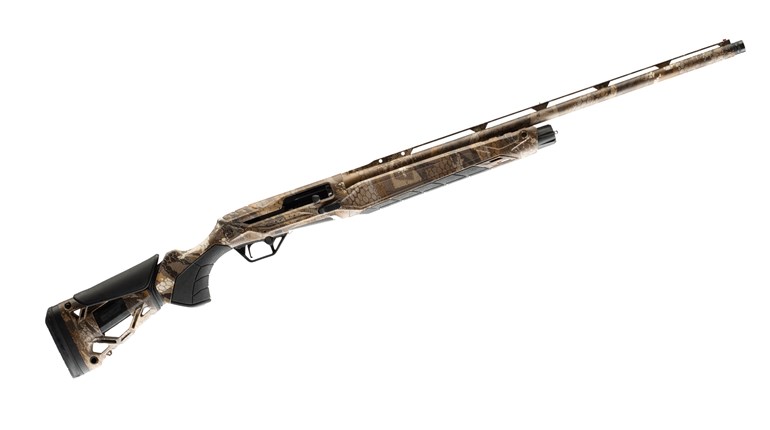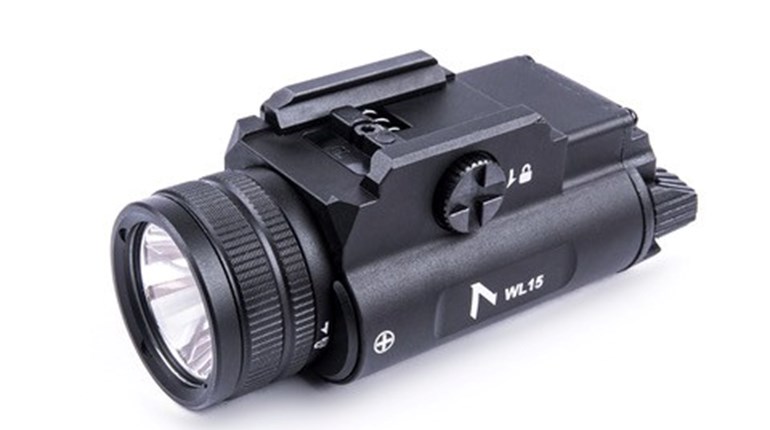
Shotgun slugs are essentially large, heavy bullets that obey the same ballistic laws that govern other single projectiles. Slugs generally come in two varieties: those designed to be fired through smoothbore (unrifled) barrels, and those designed for rifled barrels. Many of the former type are, ironically, called "rifled slugs" and may even have a pattern on their circumference that suggests the marks made in a rifled bore. These do not spin fast enough for stabilization, and they depend upon having their center of mass in front of their center of aerodynamic pressure...much like a badminton shuttlecock.
The rifled slug was invented by a German named Brenneke, who founded a company that continues to this day. In the 1930s, an American designed the Foster rifled slug so commonly in use by contemporary hunters. The last decades of the 20th century saw the increasing popularity of rifled slug barrels, as well as the development of many new sabot slugs designed to take advantage of their accuracy and trajectory benefits. Some of the slugs are full-diameter projectiles, while others are saboted designs. The latter slugs in particular are approaching the performance levels of some hunting rifle cartridges, with muzzle velocities approaching or exceeding 2,000 fps, muzzle energies of 3,000 ft.-lbs., and effective ranges exceeding 100 yards.
The maximum range of slugs depends largely upon the type of slug used. Foster and Brenneke slugs have poor aerodynamic properties, and may lose 40 percent of their energy in the first 50 yards, and 60 percent in 100 yards. Their accuracy also usually limits effective range to 75 yards or less. The slugs utilized in high-velocity sabot loads, however, retain a greater proportion of their velocity and energy, enabling humane kills at ranges of 100 yards and beyond.
As the construction of shotgun slugs varies considerably, so does their terminal performance. Traditional Foster and Brenneke lead slugs depended on their large diameter to transfer energy, and their heavy weight for penetration. Modern examples of some Foster and Brenneke slugs are redesigned to expand on impact for significanly improved performance on thin-skinned game.
Modern saboted shotgun slugs are designed to expand and penetrate much as modern hunting bullets do. This allows the taking of a greater variety of game and doing so at longer ranges than was possible with older slug designs.













